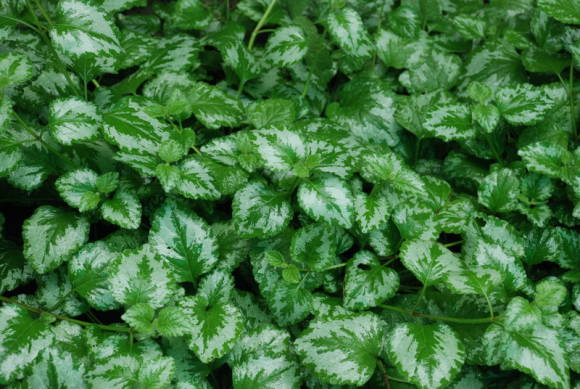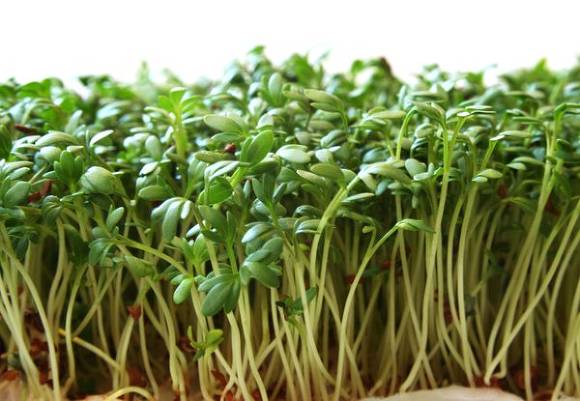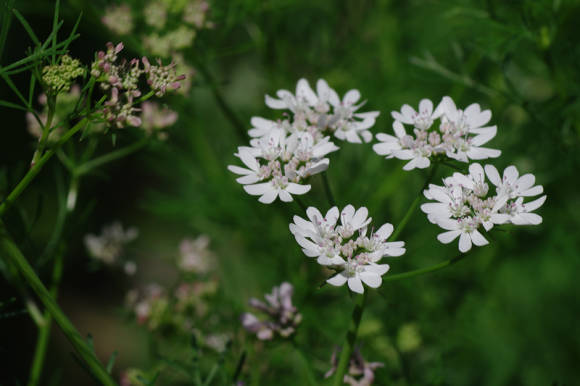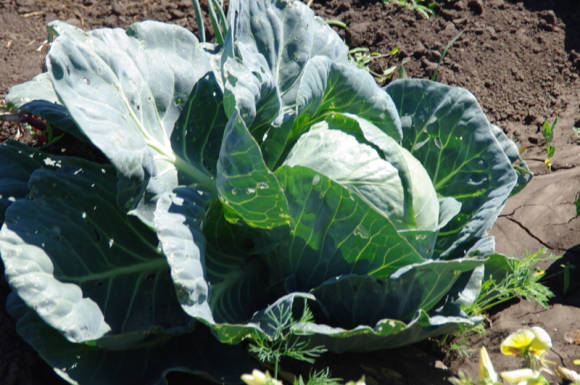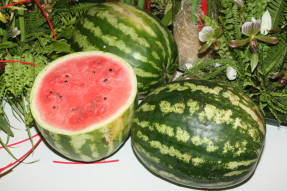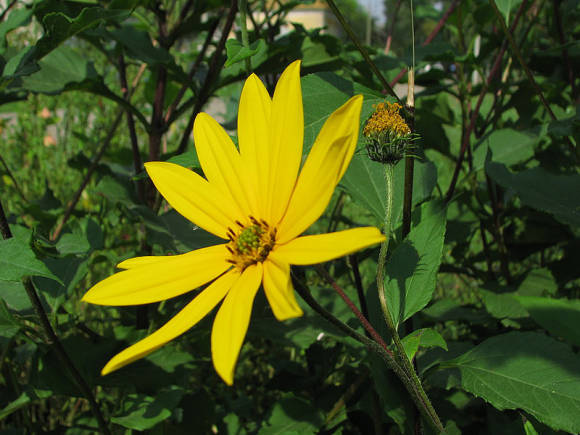
This annual plant is often found in gardens. But, unfortunately, only its decorative properties are known among amateurs.
Nigella (popularly - Roman coriander, maiden in green, nigella sowing, hair of Venus) is an annual herb, a distant relative of the buttercup, widely grown as a valuable herb in the Mediterranean and Middle East. It was the favorite flower of St. Catherine, who lived in the 3rd century AD.
In many countries, it is cultivated by gardeners as a flower of unique beauty, creating a scattering of multicolored, morning-like tender stars in the landscape.
There are 18 types of nigella. Among them, the most common Nigella Damascus (Nigella damascena) and nigella sowing (Nigella sativa), rare in our culture - nigella spanish (Nigellahispanica), nigella eastern (Nigellaorientalis), nigella plowed (Nigella segetalis). All these species are excellent honey plants, bloom in late July and bloom until frost.
Nigella's stem is erect, branched, up to 50 cm high. The leaves are openwork, repeatedly dissected into threadlike, long, diverging slices, from light green to ash-green, in a cloud of which flowers are buried. The leaves are similar to those of dill, but differ in a grayish-green tint. The upper leaves are gathered under the flower and form a green boa, for which the people called her “the girl in the green”.
Shoots end with relatively large, almost horizontal flowers. The flowers themselves are single, resembling stars, rather large. The color of the flowers is from white to blue and burgundy, but they differ in tenderness and blurry color.

Growing nigella
Nigella is a light-loving and relatively cold-resistant plant, tolerates short spring frosts well, prefers bright sunny areas protected from the prevailing winds.
The soil... Nigella is undemanding to soils, but to obtain a high yield, only soils fertilized with organic fertilizers under the predecessor are needed. It is not worth adding organic matter directly under the nigella, because this will slow down the maturation of the seeds.
Sowing seeds produced as early as possible in the spring, as soon as the soil allows, since the duration of the growing season for a plant is 140–150 days. Seeds are sown in grooves to a depth of 3-4 cm with row spacing up to 45 cm and with a distance between plants after thinning of 15-20 cm.
After sowing the seeds, the soil must be rolled up, and then it is advisable to cover it with a film until shoots appear.
Seeds begin to germinate at a temperature of + 3 ... + 5 ° С, and the optimum temperature for growth is + 15 ... + 18 ° С. Seedlings appear in 10-12 days. At first, they grow tight. Young plants easily tolerate small spring frosts. Nigella blooms 60–65 days after germination.
Care after nigella consists in weeding, loosening the soil, watering and double thinning of crops in the phase of 2-3 true leaves and after 12-15 days. This culture does not tolerate excess fertilizers, especially nitrogen fertilizers. At the same time, the vegetative mass grows intensively, the flowering of plants is delayed.
Watering... Since Nigella does not like mulch, you will have to regularly weed and loosen the area after watering. She painfully reacts to both excessive and insufficient moisture, so a special watering regime must be developed for her.
Harvesting seeds produced when at least half of the seeds are ripe. The plant is cut with a stem 20–30 cm high, dried and threshed, separating the seeds by winding or sieve.

Nigella in decorative floriculture
For flower decoration, nigella is planted on ridges and lawns in large arrays and quite densely. It is there that she is especially attractive throughout the summer. In single landings, it is less attractive.Do not plant it near strongly growing ground cover plants (periwinkle, geranium). It blooms much better in well-lit areas. Cut nigella flowers are stored for a long time in water or in a nutrient solution.
Testes for winter compositions are harvested when its bolls reach their maximum size, they will be brightly colored, but have not yet begun to dry out. The cut plants are tied in bunches and dried in a shaded place, since green leaves and stems turn yellow when dried in the sun.

Nigella as a spice
Nigella seeds are considered spicy and can replace pepper. They taste slightly pungent, buttery, resemble peppers with a nutty flavor, and have a peppery-musky smell.

Usually, nigella seeds are ground in a spoon just before use and added to meat or fish or sprinkled with them on biscuits, crumpets, pretzels. Some fans add this powder to jelly, mousse, flavor drinks with it. The crushed seeds are used as a seasoning for main courses and salads, added to the dough, and used for pickling cabbage.
Recipes with Nigella sowing:
- Fennel stew with wine and nigella
- Stuffed bell peppers with black cumin (kalindzhi)
In addition, nigella seeds are an excellent remedy for moths, they protect clothes well from it.
Medicinal properties of nigella
Nigella is widely used in traditional medicine. It has a tonic and restorative effect, strengthens memory, has a positive effect on vision, is used for diseases of the liver and gastrointestinal tract, and has a positive effect on the human psyche.
Tea made from decoction of seeds has a pleasant, slightly nutty taste and a corresponding aroma. In addition, this plant is the leader among herbs in terms of vitamin E.
"Ural gardener", No. 24, 2018

